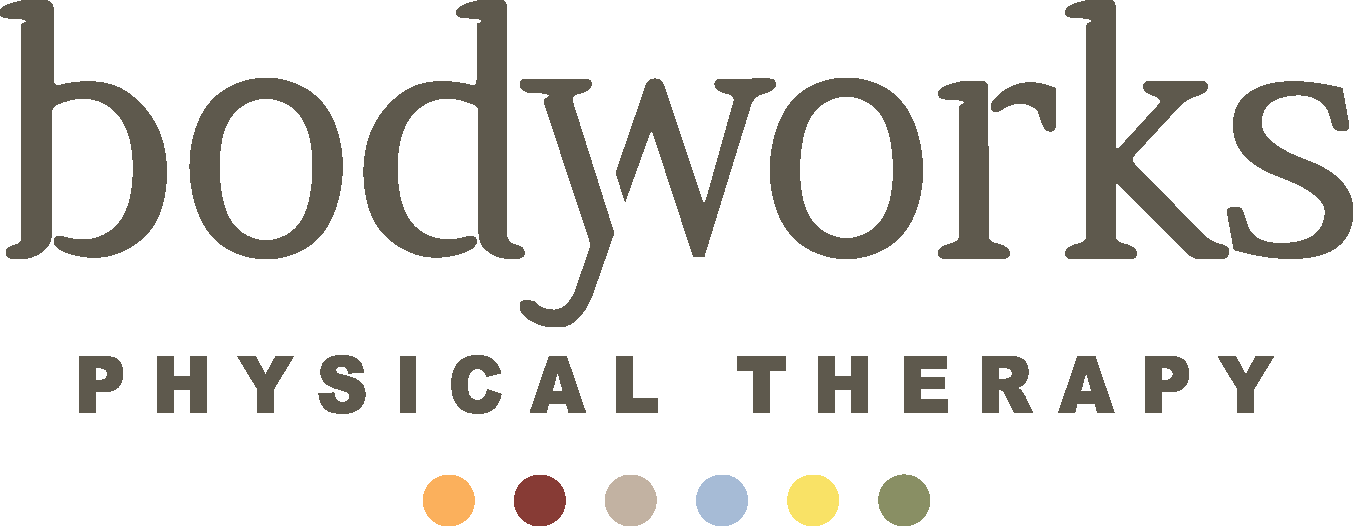Stretching is an essential component of any exercise routine, but with so many types of stretching, it can be confusing to decide which one is best. Let’s look over the differences between static and dynamic stretching and decide which one is best suited for you.
What is Static Stretching?
Static stretching is a traditional method of stretching, which involves holding a stretch for an extended period of time, usually 30 seconds or longer. This type of stretching aims to increase flexibility by elongating and relaxing muscles. Static stretching can help to improve range of motion, reduce muscle tension and promote relaxation. However, some studies suggest that static stretching before exercise can lead to a decrease in muscle power and performance. This may be because static stretching reduces blood flow to the muscles and temporarily decreases muscle activation.
What is Dynamic Stretching?
Dynamic stretching, on the other hand, involves moving through a range of motion to stretch muscles while warming up the body. This type of stretching aims to increase blood flow, muscle temperature and flexibility, and it can enhance strength and power. Dynamic stretching is often used as part of a warm-up routine before exercise, and studies have shown that it can improve athletic performance.
Which is Better, Dynamic or Static Stretching?
So, which is better: static or dynamic stretching? The answer is, it depends on your goals and the type of activity you are preparing for. For example, if you are preparing for a race, lifting, or sport, a dynamic warm-up that includes movements specific to the activity is recommended. This can help to increase blood flow, improve range of motion and enhance performance. After the activity, static stretching can be used to cool down and promote relaxation.
Both static and dynamic stretching have their benefits, and it is important to understand the purpose of each type of stretch to determine which one is best for you. Incorporating stretching into your exercise routine can help to prevent injury, reduce muscle tension and promote relaxation. Remember to consult with a healthcare professional before starting any new exercise routine.

